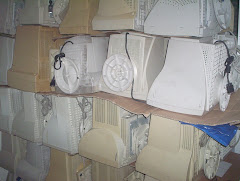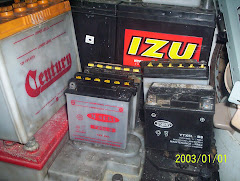Recycling is a growing industry with major environmental and long-term economic benefits. Recycling reduces the amount of waste deposited in landfill and reduces the amount of energy used in manufacturing new materials, thus helping reduce emissions of greenhouse gasses and therefore helping avert climate change.
We handles all your recycling disposal needs and purchases all forms and grades of all types of Computers Scrap, Monitors, Copiers, Scanners, Electronic Boards, Drives, Keyboards, CD Rom, Printers, Power Supplies, CPU Scrap , Cell Phone Scraps, Electronic Scrap, CPU recycle, waste paper recycling, Waste Cardboard, Waste Newsprint, A4 Paper, Computer Paper, OCC, ONP, Magazines, book, Mixed Office Paper, plastic scraps recycle, e-waste recycling, batteries scrap service, You can stop worrying about what to do with all of that recyclable disposal piling up in your office, store room, attic, or garage. Let us safely and securely recycle all of the rest of your recyclable scraps at your convenience, at home or at work. By recycling, you can help keep hazardous materials out of our air, land and water to both public health and the environment.
Convenient, responsible recycling for individuals and organizations ever for the home, business, government, and for you.
We handles all your recycling disposal needs and purchases all forms and grades of all types of Computers Scrap, Monitors, Copiers, Scanners, Electronic Boards, Drives, Keyboards, CD Rom, Printers, Power Supplies, CPU Scrap , Cell Phone Scraps, Electronic Scrap, CPU recycle, waste paper recycling, Waste Cardboard, Waste Newsprint, A4 Paper, Computer Paper, OCC, ONP, Magazines, book, Mixed Office Paper, plastic scraps recycle, e-waste recycling, batteries scrap service, You can stop worrying about what to do with all of that recyclable disposal piling up in your office, store room, attic, or garage. Let us safely and securely recycle all of the rest of your recyclable scraps at your convenience, at home or at work. By recycling, you can help keep hazardous materials out of our air, land and water to both public health and the environment.
Convenient, responsible recycling for individuals and organizations ever for the home, business, government, and for you.








